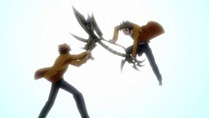 |
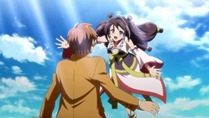 |
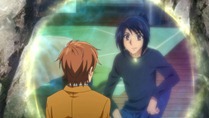 |
Well, that was a shame, really.
It’s hard to find too much to say about Arata Kangatari, really, because the whole enterprise speaks more to the potential it left untapped than to anything that appeared on screen. The finale, like the rest of the series, was perfectly fine for what it was. It was competently executed and in context more faithful to the manga than it could have been, but the overriding question my mind is, why was the decision made to adapt this series at all, if it was only going to be 12 episodes?
If I have any hopes for this series, they would be that it gives new viewers at least some sense of what a good manga this is. It’s impossible for me to address that as a manga reader, but for what it’s worth I think the anime did capture at least a little of the flavor of the manga. But that’s also why the one element of the adaptation that was really subpar – the art and animation – is so surprising and disappointing. Watase-sensei’s art is really superb, and it seems criminal to try and sell people on her work without doing justice to that. Satelight is capable of so much more – they gave us the lovely watercolor painting that was Ikoku Meiro no Croisee, and while it bored me to tears there’s no denying Mouretsu Pirates was a great-looking show. Yeah, it made a lot more money – but if Arata was going to have a minuscule budget on top of its minuscule schedule, again what I really want to ask is why they bothered.
In terms of story, I actually think it’s somewhat remarkable that Yoshida Kenji managed to pull this off as well as he did. It wasn’t Deadman Wonderland, which stopped right in the middle, or Zetman, which tried to super-condense a huge manga into one cour. Arata was somewhere roughly in the middle, doing a bit of a mashup of later plot arcs but mostly adapting the first 20% or so of the manga roughly in good faith. That too is certainly unsatisfying – in order to come up with even a semblance of an ending Yoshida moved Hinohara’s showdown with Kadowaki up so far it lost most of it’s contextual punch. But it was at least coherent this way, and the larger lesson is that there’s simply no good way to adapt 200-chapter manga into 12 anime episodes. As Simon & Garfunkel said, any way you look at it you lose.
I can’t really talk in specifics about the finale without dishing out a whole lot of manga spoilers, but I’ll say this much: the most interesting elements of the manga (for my money the arcs centering on Kannagi and Akechi, the the Kadowaki stuff after it gets pretty intense) were just barely teased in the anime. That’s true too of Arata’s Tokyo story, which is always a secondary part of the manga but consistently delivered every time Watase called on it. What the anime chose to focus on was mostly stuff in the first quarter or so of the manga, and it’s not the manga’s best face – so if you see elements of the larger story here that interest you, by all means please go read the manga. There’s some really good plot in there, and the characters we barely got to know in the anime are a lot deeper and their stories much more nuanced.
For the finale, we were pretty much limited to the Kadowaki battle and Yorunami’s submission to Hinohara, the latter of which is quite an important moment in the larger mythology. This process of submission (we also see Yorunami’s Zokusho submit after their master does so) is really the central conceit of the entire plot, though the anime doesn’t give that impression – and the parellel between that and the karmic struggle between Hinohara and Kadowaki is no coincidence. There was also a sampler platter of things to come in the final moments – a look-in on some characters we know, and some faces we haven’t met as of yet, as well as a brief check-in on Arata and a look at Harunawa (one of my biggest disappointments is not seeing him in all his wicked glory unleashed on Tokyo). It was the requisite commercial for the manga, and the least the anime could do.
I’m generally of the view that any adaptation is better than no adaptation if you’re a fan of a work, but the reality is often bittersweet at best. I don’t know if I’d say I would be happier if this anime hadn’t been made, but it’s hard to see what purpose it truly serves – is such a truncated and visually unimpressive story really going to win over many converts for the manga? Try to imagine if Inuyasha had been adapted into a one-cour anime – what would that have been like? Arata Kangatari could have been really special if it had been given the full treatment, and I think a quite serviceable story could have been presented even in two cours. As it is I think the best I can say as a manga reader is that it was a lot better than it could have been under the circumstances, but if I’m honest that’s small consolation.
 |
 |
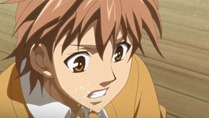 |
 |
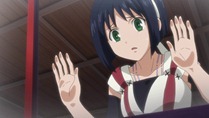 |
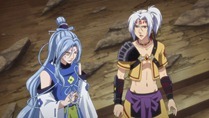 |
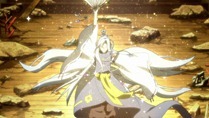 |
 |
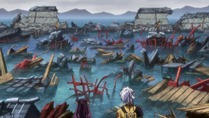 |
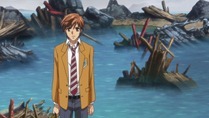 |
 |
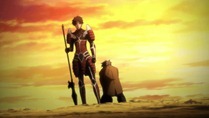 |
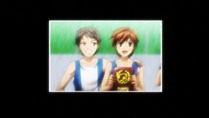 |
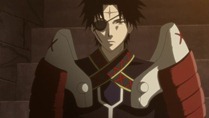 |
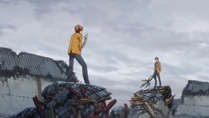 |
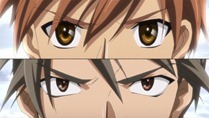 |
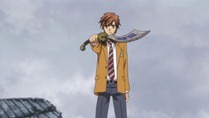 |
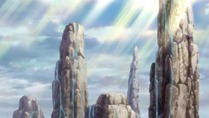 |
 |
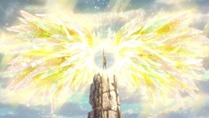 |
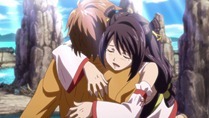 |
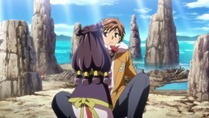 |
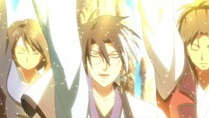 |
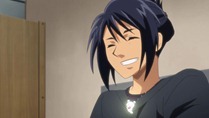 |
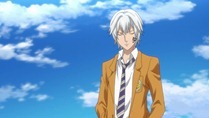 |
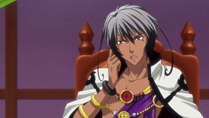 |
 |
Epilogue:
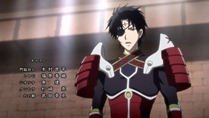 |
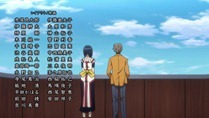 |
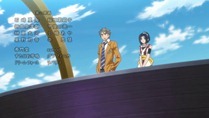 |
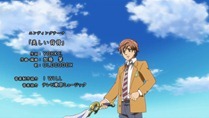 |
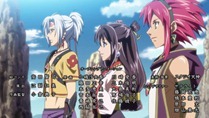 |
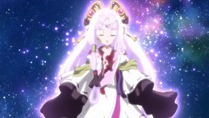 |


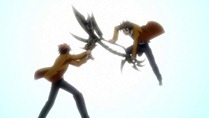
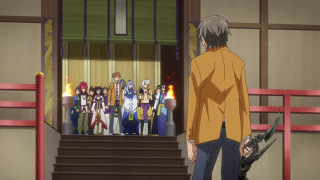
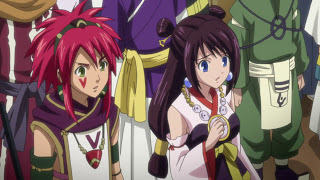
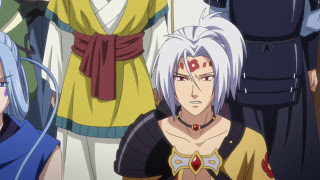
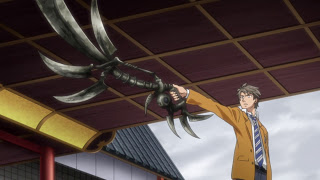
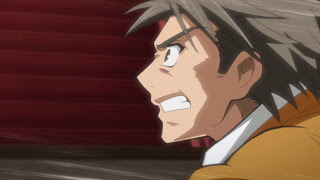
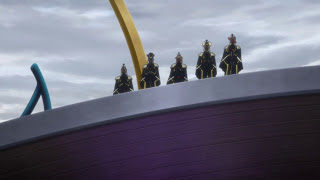
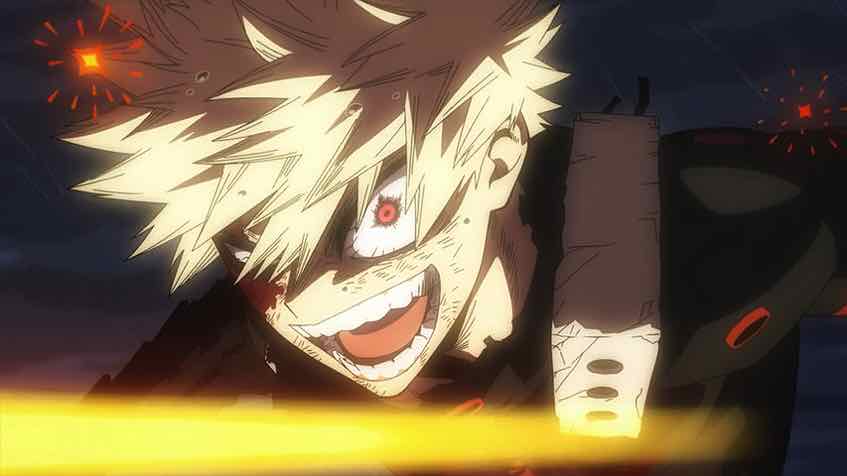
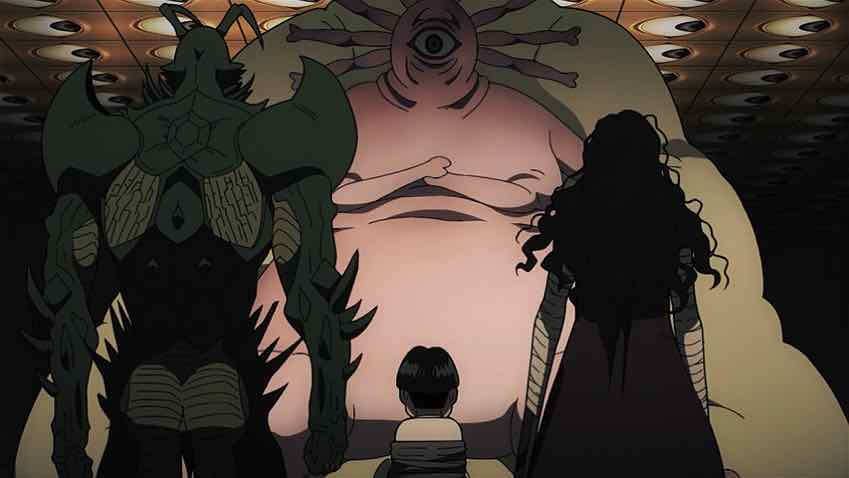
Gary Cochran
July 2, 2013 at 6:39 pmNot being a manga reader all I have to go by is this anime series and while I enjoyed this series I felt it was very unsatisfying. It was clear that they were leaving huge gaps of original material out.
Ronbb
July 2, 2013 at 9:11 pmYour one-line review said it all, and it's exactly what I think.
I like how you compared Arata to Zetman. Despite the somewhat choppy storytelling, I actually quite like Zetman. I think the emotions were well conveyed, and the show was well animated, especially when you look at those fight scenes and expressive faces. I actually was thinking of RDG when reading your review. Not that it's a direct comparison, but I feel that RDG, while also being condensed, did a few things right. The beautiful animation, the lovely characters, and the suspenseful atmosphere are just some of the things from the show that I appreciated, and I can't leave out the ED that I have fallen in love with.
Here with Arata, I feel that the creators simply gloss things over without thinking it through where to give a heavier focus — plot- or character-wise — for telling a more gripping story. I am not a manga reader, so I may not do the director and writers justice by saying that, but this is how I feel, and, like you said, it's quite a shame. I agree that this show wasn't an eye candy, but it didn't bother me. I actually find the premise interesting and thought that it started off well with the different tensions presented in the story and amongst the characters. However, it's its storytelling that fails me, and I don't find it having engaging characters or exciting plot for keeping its audience — especially for people like me who don't know the story — on course. At the end, the potentials were lost.
Will I read the manga? I think I may, and it's not because of the show but because of you, Enzo — there must be some magic in the manga to earn your praise.
admin
July 2, 2013 at 11:28 pmThe magic is a very good story with a well-crafted premise, and Watase's art – which is usually better than her writing. It's not a masterpiece but it's damn good (in the Inuyasha vein, if one notch below it).
RDG was light-years ahead of Arata, starting with the visuals but also in the way it covered huge chunks of story without feeling rushed. To be fair, though, while it was heavily condensed it didn't have as huge a source material as Arata did.
Ronbb
July 6, 2013 at 4:05 amI have started reading the manga — still at volume 1 — but, I agree, the art is so much better than the anime. The story is more gripping than the anime, too. It's actually quite interesting.
tatsu-ko
July 3, 2013 at 1:23 amYou're exactly right. I am a reader of the manga as well, and frankly, I wonder why they bothered doing such a half-uh, "hearted" adaptation. And my anime-watching buddy, who is not a reader of this manga, said of the last episode, "Is this really the last episode ? What the hell." So yes, people of both persuasions can tell there's something missing.
Sigh.
Makes me sad, I had hopes.
Zeta Zero
July 3, 2013 at 10:33 amNo more Yuu Watase manga thanks.
S.Naseem Ad
November 22, 2013 at 1:29 amIt has excellent artwork and nice story too… I am looking forward to the second season 😐